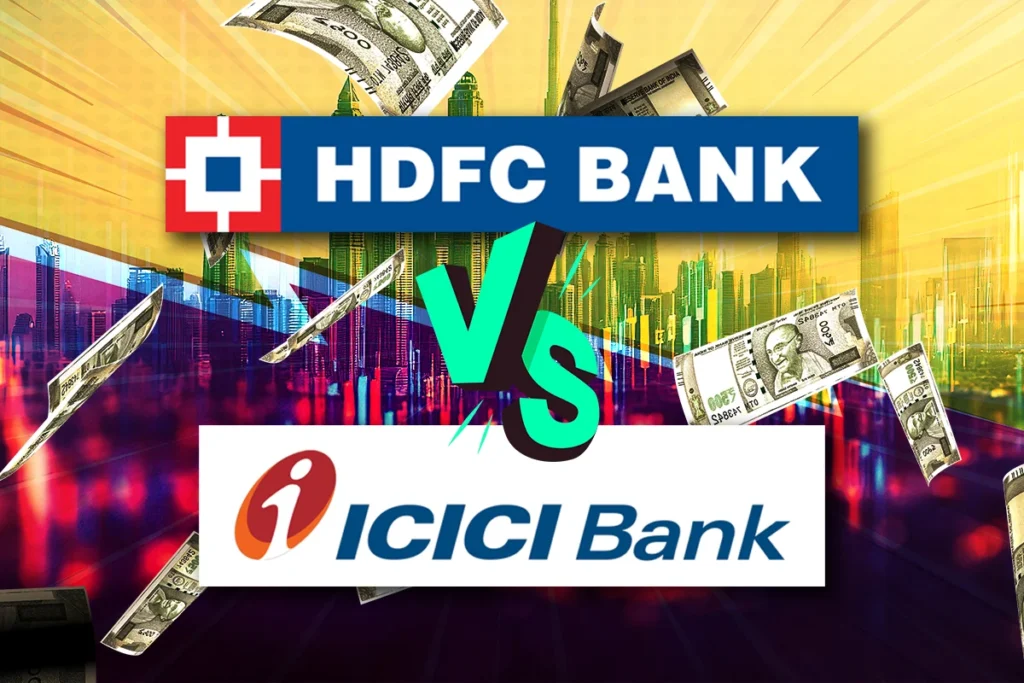
HDFC Bank Vs ICICI Bank: A Tale Of Two Futures
As the September quarter earnings season slowly unfolds, India’s top two private lenders – HDFC Bank and ICICI Bank – have put out contrasting pictures in the quarter gone by. While both lenders showed signs of strength, their paths diverged due to at least six reasons.
Contrasting Profit Growth
Let’s put this into perspective. ICICI Bank saw a 68% year-on-year decline in treasury income, which impacted its overall profit growth. This is considerably lower when compared to HDFC Bank. However, ICICI edged out HDFC Bank in terms of loan expansion, which stood at 10.6% vs HDFC’s 9.9%. However, the latter registered higher deposit growth at 12% vs ICICI’s 9%.
For investors looking to invest in HDFC Bank, it’s essential to consider the bank’s loan-to-deposit ratio. ICICI Bank enjoys a more comfortable loan-to-deposit ratio of 87% compared to HDFC Bank’s 98%. And this is where the crux of the issue lies.
Loan-to-Deposit Ratio: A Key Differentiator
While an LDR of 98% is certainly an improvement from the 110% levels post the merger, it must be noted that HDFC Bank’s LDR has actually increased compared to the June quarter (96%). An increasing LDR doesn’t bode well for HDFC Bank, at least for the near-term as it essentially caps off loan growth prospects, forcing the lender to chase higher deposits in the days to come.
On the other hand, ICICI Bank’s lower LDR provides a more stable foundation for future growth. Investors can check ICICI Bank’s stock price and consider investing in the bank.
Net Interest Margin: A Key Indicator of Profitability
Moving on, HDFC Bank saw its core net interest margin drop by 8 basis points quarter-on-quarter to 3.49% while CASA (Current Account Savings Account) ratio remains middling in the mid-30s. ICICI Bank, in stark contrast, appears to be on a much more stable footing. Its stronger CASA franchise, standing at 39.2%, provides a more robust base of low-cost funds.
This allowed its NIM to remain resilient and at a much healthier level of 4.3%, dipping only 4 bps sequentially. For investors looking to invest in the Indian stock market, it’s essential to consider the NIM of banks.
Conclusion: Which Bank Will Reign Supreme?
In conclusion, while both HDFC Bank and ICICI Bank have shown signs of strength, their paths have diverged due to several reasons. ICICI Bank’s lower LDR, higher CASA ratio, and stable NIM make it a more attractive investment option for the future. However, HDFC Bank’s higher deposit growth and improving LDR cannot be ignored.
Investors should consider their investment goals and risk tolerance before investing in either HDFC Bank or ICICI Bank. It’s also essential to stay up-to-date with the latest Indian stock market news and Q2 results of Indian companies to make informed investment decisions.
